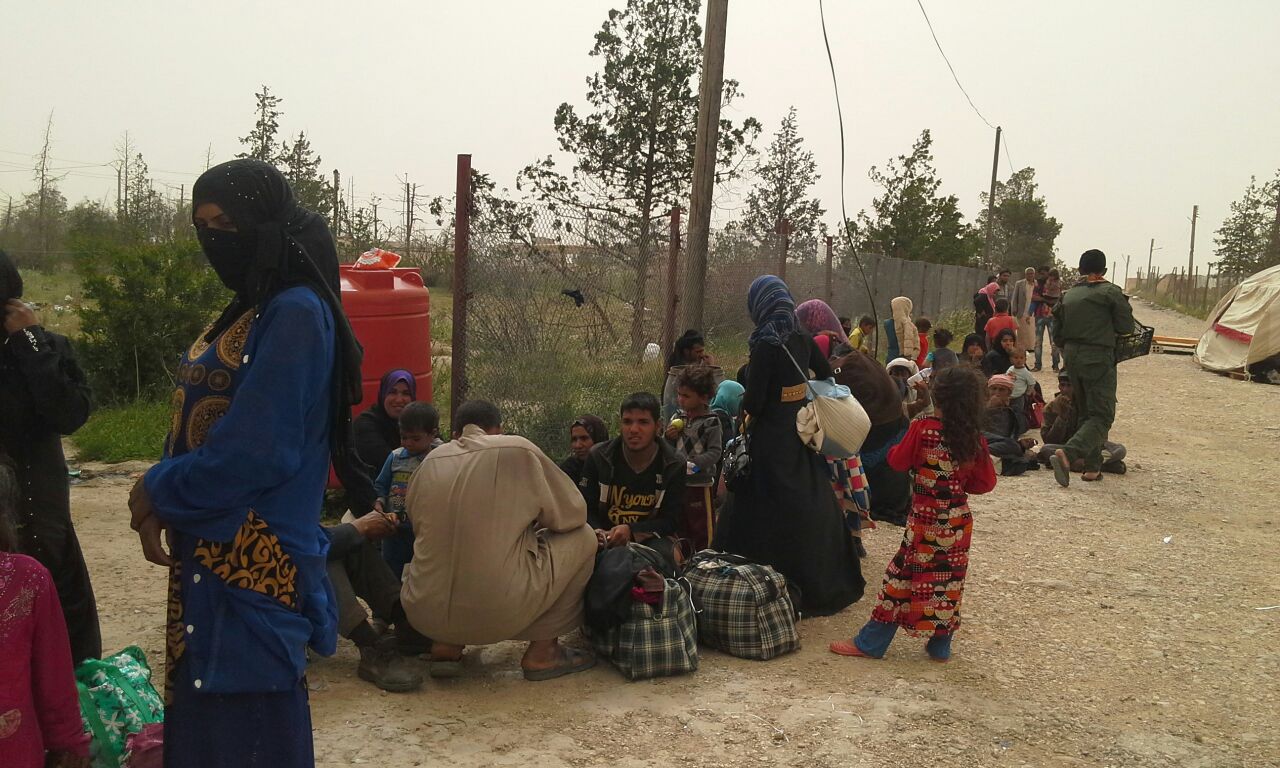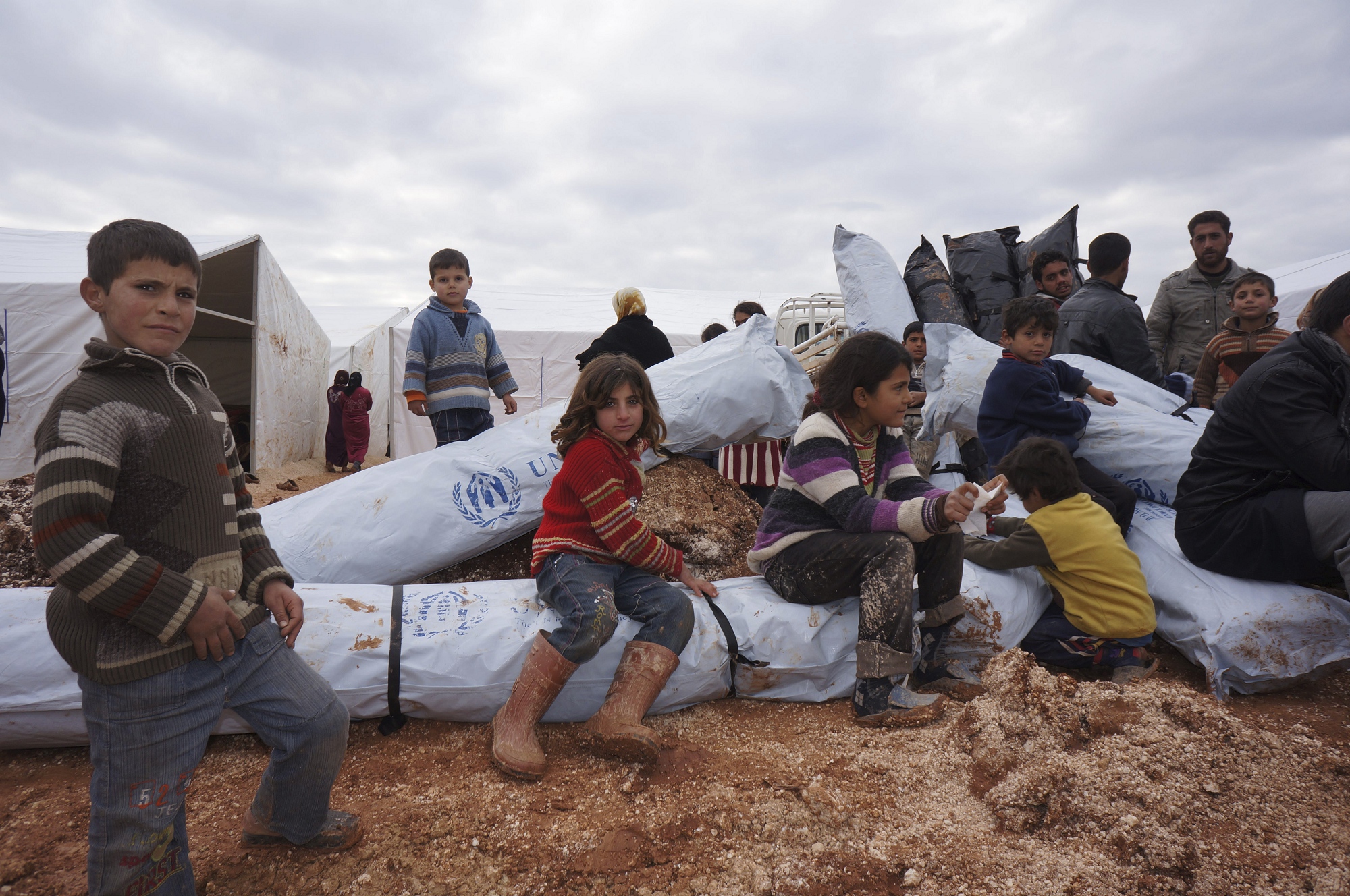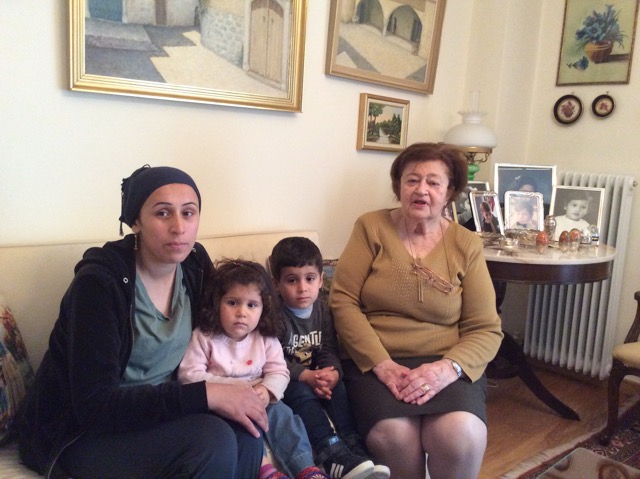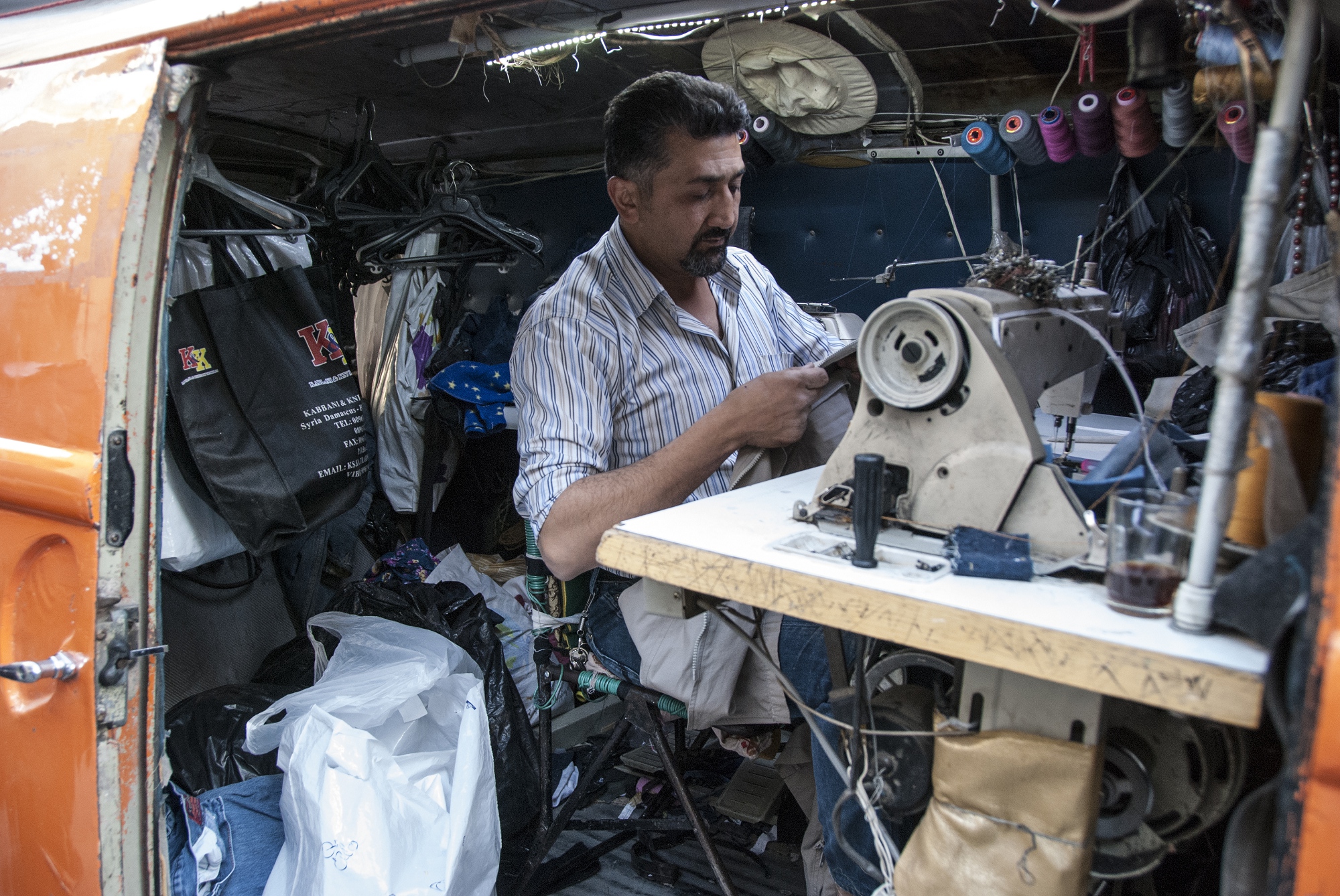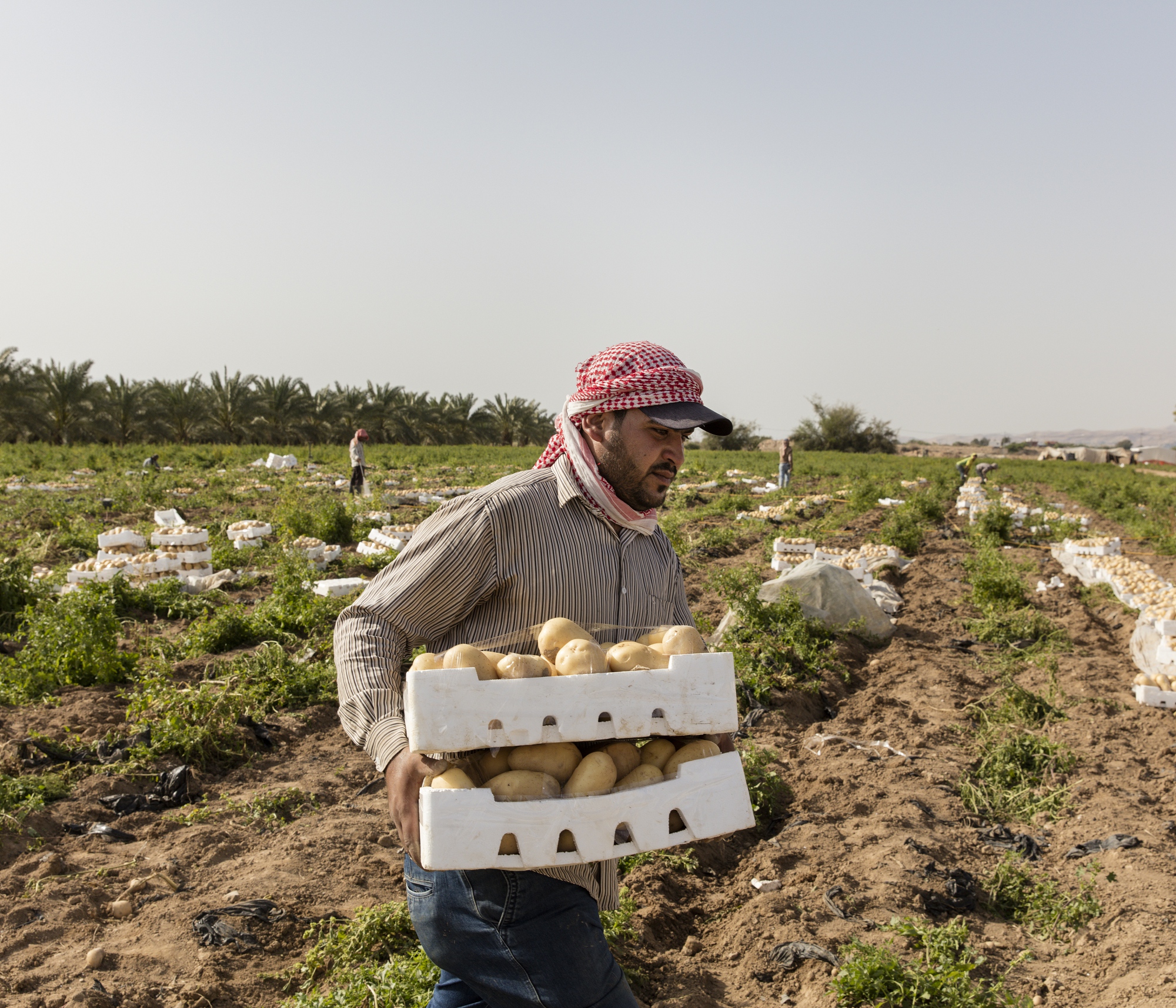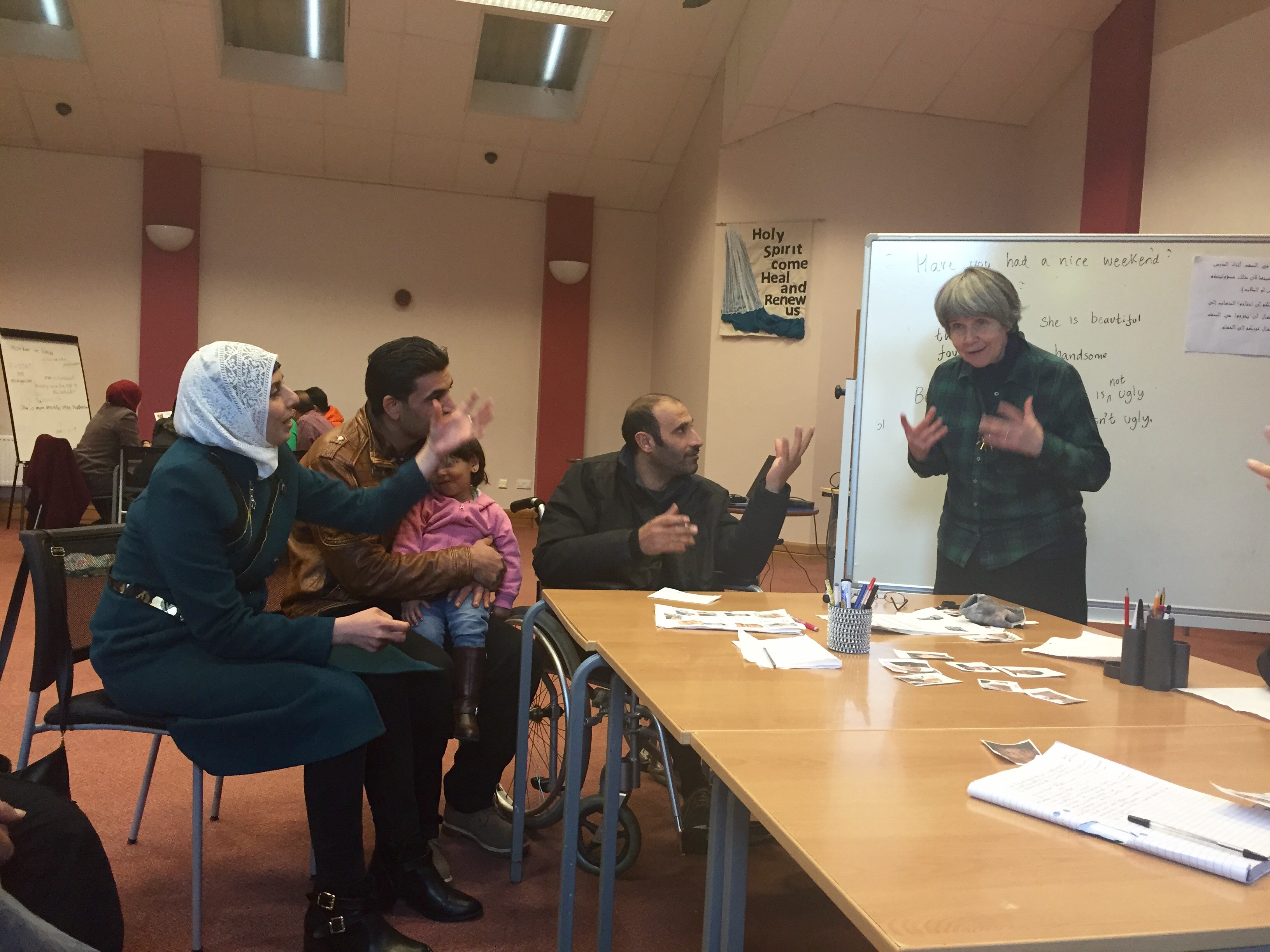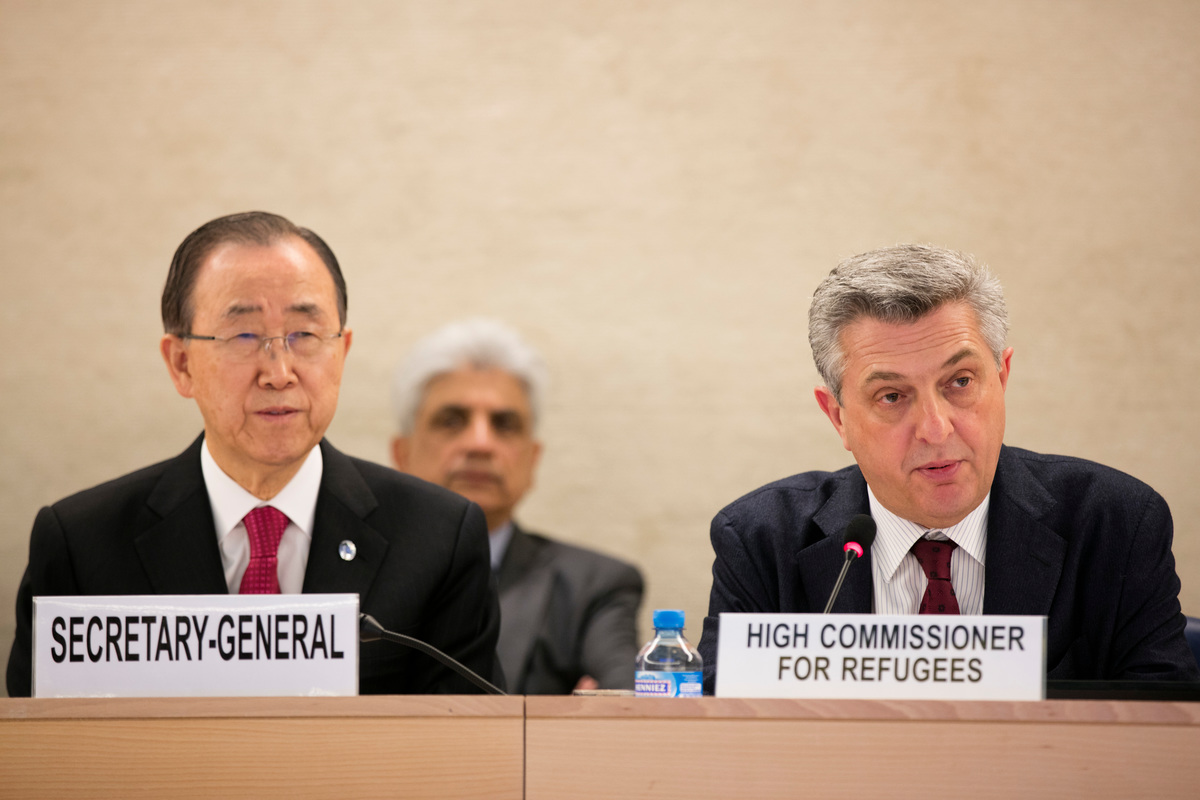UNHCR continues to reach toughest areas of Syria, races to provide winter aid
UNHCR continues to reach toughest areas of Syria, races to provide winter aid

DAMASCUS, Syria, October 22 (UNHCR) - Although the Syrian conflict has complicated efforts to address humanitarian needs across the country, the UN refugee agency continues to reach the vulnerable in some of the most dangerous and desperate towns.
On October 14, UNHCR delivered relief aid to some 2,500 people from Mouadamiya, to the south-west of the capital, Damascus. These people had just been evacuated and are now in a collective centre in Dahyet Qudsaya. In addition to monitoring the general condition and protection concerns of these internally displaced people, UNHCR delivered relief items including mattresses, blankets, cooking sets, hygienic supplies and other aid.
Last week, through local partners, UNHCR delivered aid within the hard-to-reach city of Raqqa to more than 10,000 people. Raqqa, located in northern Syria, hosts internally displaced people from Deir es Zour and from Aleppo, 160 kilometres to the west.
Just prior to the recent Eid holiday, on October 10-13, UNHCR participated in two inter-agency convoys to the hard-to-reach areas of Ter Maela and Al-Ghantoo near Homs in the west of the country. Relief items were provided to 10,000 vulnerable people.
"UNHCR observed that many of the displaced are living in buildings that lack windows, doors and electricity. People in this area will soon urgently require thermal blankets and plastic sheets to deal with winter temperatures. Women told us they lacked privacy in the collective shelters," said spokesman Adrian Edwards.
So far this year, about 35 per cent of UNHCR's core relief supplies have gone to people in hard-to-reach areas such as Aleppo, Azzaz and Karameh. Since February, UNHCR has participated in 21 inter-agency missions to hot spots, including Karameh, Aleppo, Idleb, Hama, Homs, Dier es Zour and Dara'a.
UNHCR's work inside Syria aims at delivering relief aid to 3 million people. This allows them to feed their families, it ensures access to shelter, and it helps people cope with displacement and maintaining hygiene. Every week up to 250 UNHCR trucks deliver aid to some 14,000 to 15,000 households, equivalent to nearly 100,000 people.
But despite this effort, the needs within Syria are enormous and displacement is continuing. The latest UN estimate put the number of IDPs at 4.25 million, but that figure is almost five months old and likely to be revised upwards. Millions of other Syrians are impoverished and lack medical aid and other necessary items.
"Temperatures are now dropping across the Syria region and, together with the entire aid community, we are in a race against time to help people prepare for the third winter amid conflict," UNHCR's Edwards stressed. Earlier this month, UNHCR began the distribution of core relief for winter across Syria: items such as thicker thermal blankets and additional plastic tarpaulins meant to help 1 million displaced people. "UNHCR has so far rehabilitated shelters hosting 35,000 people of the 80,000 people we want to reach before winter sets in," Edwards noted.
These people live in informal and unfinished shelters - facilities often with no heating, doors and windows. UNHCR also provides financial help to vulnerable IDPs in Damascus, rural Damascus, Homs, Al Hassakeh, Qamishly and Tartus. This has so far benefited more than 117,000 displaced and vulnerable Syrians.
Last week the first half of 44 shipping containers loaded with UNHCR aid arrived in the coastal port of Tartus and the remaining 40-foot containers are expected shortly. This shipment includes more than 29,000 tarpaulins, 150,000 sleeping mats, 75,000 jerry cans and 30,000 kitchen sets which will be delivered over the coming months across northern Syria.
Virtually every town and city across Syria is affected by the conflict or hosts traumatized, displaced people. According to UN statistics, more than 400,000 homes have been destroyed and 1.2 million damaged. As many as 5,500 schools and 3,800 mosques have been damaged or destroyed.
Most flour mills and bakeries are no longer operating. Hospitals offer no sanctuary - 57 per cent are damaged and 60 per cent of ambulances are out of service. Some 15,000 doctors have fled the country, leaving an acute shortage of health personnel.
Increasing numbers of the internally displaced are living in squalid conditions in abandoned public buildings. Some 180,000 especially needy people live in 983 collective shelters located in all provinces of Syria. Mostly home to women, children and the elderly, UNHCR has seen shelters with missing doors and windows and lacking proper sanitary facilities.
"We are concerned that the breakdown of a sense of community and safety is harming children in particular. Almost 2 million have dropped out of school and growing numbers are being exploited for labour or recruitment into armed groups," Edwards said.
There are a large number of cases of children separated from parents and many live in a constant state of trauma and fear. With food insecurity affecting more than 4 million people, 2 million children face malnutrition. UNHCR is also concerned about the vulnerability of women, many heading broken households.


